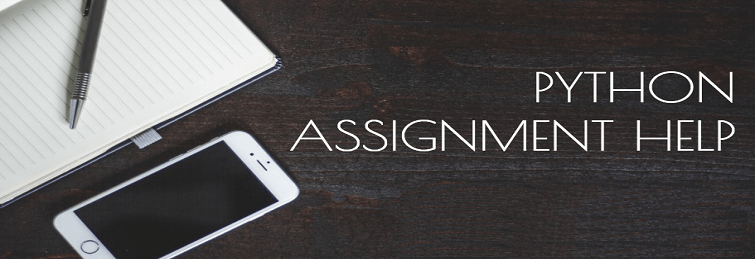Talking about the current project, that is, the python project is 3.3.4 version 32 bit build using Visual Studio 2013.1. This builds use modernized version of OpenSSL (1.0.1g) and SQLite (3.8.4.30 besides other fresh features. A new coding system has also been adapted here to distinguish between the builds.
EssayCorp has studied the PYTHON project and the need for professional help for it. In fact Python 3 is build with Visual Studio 2010 on Windows Professional. I used an application built with 2013 Visual Studio version with Python rooted in it. However I faced some difficulties that needs to be discussed-
- Since the application and python were built on different Visual versions there was problem in the establishing link to the Python through the official libraries,
- The official version lacked the debug libraries and the python had separate codes for the debugging. As a result making an operational debug build of the project was not possible. Therefore you need to remake Python with your version of Visual Studio.
I Would Give you Some Build Instructions which i Used to Overcome the Situation.
1. Download the Python3.3.4 version from python.org/download/. Extract the folder Python-3.3.4 which has subfolders too.
2. Go to the PC Build folder and open readme.txt in the editor. Read the section named the Python-controlled subprojects that wrap external projects beginning with SQLite. Being a SQLite user I have upgraded the version of SQLite as well during the course.
3. Download the latest combination sources, 3.8.4.3, from sqlite.org. Extract the files and copy the folder sqlite-3.8.4.3 in the same level as Python 3.3.4.
4. Since you need a bzip2-1.0.6, download the same from bzip.org/downloads.html and install it in the directory. Also download the latest version of lzma from tukaani.org/xz/ in the correct folder.
In case you are using Windows 8.1then you may not find a command to install the Visual Studio 2013 on the Start Menu. As much you would hate it there is nothing you can do about it since the Windows has missed the provision for the same. Anyway, in order to continue upgrading the version select the 32 bit debug from the batch build options dialog and release binaries. To build an updated install you need to have standard Windows 3.3 for distribution. The installer places python33.dll in windowssystem 32 to create a movable distribution. After this you can update the binaries in c:python 33.
There have been some myths around the PYTHON project and the need for professional help for it. It has been seen that making both debug and release targets fails. The Visual Studio has both the targets with separate codes for them according to the standards. It is followed most of the time but there are few exceptions:
- make_buildinfo.exe – the project is build to produce a configuration file to be use in following builds. But in a batch build, the settings for the file overwrite the settings for other projects. This can be solved by using a separate release and debug build.
- kill_python.exe – this is a support program for removing Python processes before building to avoid build failures in case the files are get locked.
- make_versioninfo.exe – it helps in generating the resource file number which is identical for the debug and release builds.
- w9xpopen.exe – if you use an obsolete version of Windows you are not worthy for a modernized Python version.
The growth of Information Technology over the years has not been flawless and hence paved way for newer and upgraded versions. The python project being one of them became the subject of study for EssayCorp.



